A Complete 7-Day Travel Guide to Explore the Hidden Gems of North Bengal, Bangladesh
North Bengal, Bangladesh’s alluring northern region, beckons trippers with its pristine tea auditoriums , ancient archaeological prodigies, and stirring natural geographies. This comprehensive 7- day diary will guide you through the region’s most witching destinations, from the rolling hills of Panchagarh to the literal sensations of Mahasthangarh.
Day 1: Rangpur – Gateway to North Bengal
Bengal adventure in Rangpur, the region’s largest megacity and artistic mecca. Start with the iconic Rangpur Zoo, home to Bengal barracuda and different wildlife species. The Tajhat Palace, a stunning Indo- Saracenic architectural masterpiece, offers casts into the region’s royal heritage.
Visit the bustling Rangpur Museum to understand original history and culture. Do not miss the Ghagot River for a peaceful evening boat lift, where you can witness spectacular evenings painting the sky in golden tinges.
Where to Stay: Hotel Golden Inn or Rangpur Inn
Local Cuisine: Try traditional North Bengali dishes like” Patishapta” and” Chitoi Pitha”
Day 2-3: Panchagarh – Tea Gardens and Natural Beauty
Journey to Panchagarh, famous for its emerald tea gardens and scenic beauty. Spend two days exploring the Tetulia Tea Garden, where you can participate in tea plucking activities and learn about tea processing.
The Banglabandha Zero Point offers a unique experience at the Bangladesh-India border. Adventure enthusiasts can trek through the Debiganj Hills, discovering hidden waterfalls and enjoying panoramic views of the countryside.
Mahipur Archaeological Site reveals ancient Buddhist settlements, providing insight into the region’s rich historical tapestry. The nearby Karatoya River is perfect for river cruising and bird watching.
Accommodation: Panchagarh Government Rest House or local eco-lodges
Day 4: Dinajpur – Archaeological Wonders
Dinajpur district houses some of Bangladesh’s most significant archaeological treasures. Kantanagar Temple, the stunning 18th-century terracotta temple, showcases exquisite craftsmanship with intricate carvings depicting Hindu epics.
Ramsagar, Bangladesh’s largest man-made lake, offers boating opportunities and houses the Ramsagar National Park. The tranquil waters reflect surrounding hills, creating picture-perfect moments for photography enthusiasts.
Explore Dinajpur Museum to discover ancient artifacts and sculptures from various historical periods. The Singra Mosque represents Indo-Islamic architecture at its finest.

Day 5: Bogura – Historical Heritage
Travel to Bogura to explore Mahasthangarh, Bangladesh’s earliest urban archaeological site dating back to the 3rd century BCE. This ancient citadel was once the capital of the Pundra Kingdom and offers fascinating insights into early Bengali civilization.
Visit the Mahasthan Museum displaying artifacts from various periods, including Mauryan, Gupta, and Pala dynasties. The Govinda Bhita Temple ruins and Vasu Bihar monastery showcase the region’s Buddhist heritage.
Gokul Medh and Mankalir Kunda are other significant archaeological sites worth exploring for history enthusiasts.
Day 6: Thakurgaon and Lalmonirhat – Off the Beaten Path
Discover lesser-known gems in Thakurgaon, starting with Baliadangi, known for its archaeological significance and ancient settlements. The Ranisonkoil offers spectacular sunrise views and opportunities for nature photography.
In Lalmonirhat, explore Patgram border area and the scenic Dharla River. The Kurigram Char areas provide unique insights into riverine life and traditional fishing communities.
Burimari Land Port offers cultural exchange experiences with neighboring India, showcasing cross-border trade and cultural similarities.
Day 7: Kurigram – River Life and Departure
Conclude your North Bengal journey in Kurigram, experiencing authentic riverine culture along the Brahmaputra River. Take boat trips to Chilmari to observe traditional boat-making crafts and river island life.
The Nageshwari area offers excellent opportunities for rural tourism, where you can interact with local communities and understand their traditional lifestyle. Visit local markets to purchase authentic North Bengali handicrafts and textiles.
Best Time to Visit North Bengal
The ideal time for exploring North Bengal is between October and March when the weather remains pleasant and comfortable for sightseeing. Avoid monsoon season (June-September) due to heavy rainfall and potential flooding.
Transportation Tips
- By Air: Fly to Saidpur Airport or Rangpur
- By Road: Well-connected bus services from Dhaka and other major cities
- Local Transport: CNG auto-rickshaws, local buses, and rental cars available
Essential Packing List
- Comfortable walking shoes for archaeological sites
- Light cotton clothing and warm layers for evenings
- Camera for capturing scenic landscapes
- Sunscreen and insect repellent
- First aid kit and necessary medications
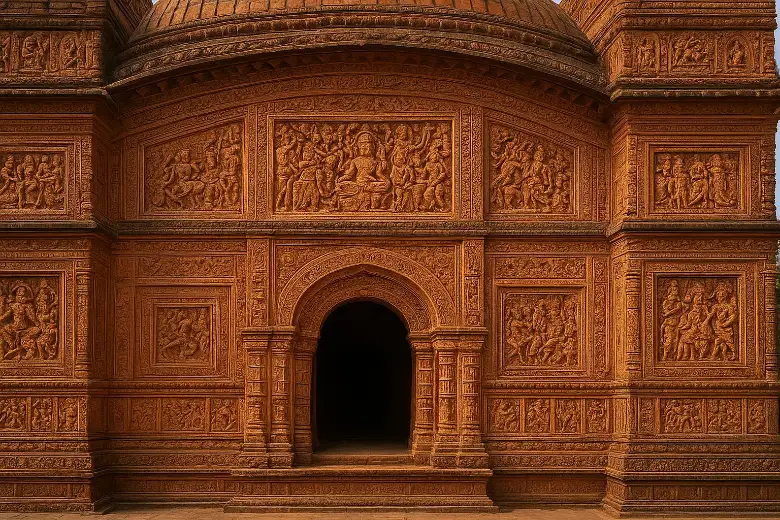
Cultural Etiquette
Respect local customs and traditions. Dress modestly when visiting religious sites. Learn basic Bengali phrases to connect better with locals. Always ask permission before photographing people.
North Bengal offers an incredible blend of natural beauty, historical significance, and cultural richness. This 7-day itinerary provides a comprehensive exploration of the region’s hidden gems, ensuring unforgettable memories and deep cultural insights into Bangladesh’s northern frontier.
5 Frequently Asked Questions (FAQs)
1. What is the best time to visit North Bengal, Bangladesh?
The optimal time to visit North Bengal is from October to March when the weather is pleasant with temperatures ranging from 15-25°C. This period offers clear skies, minimal rainfall, and comfortable conditions for outdoor activities and sightseeing.
2. How can I reach North Bengal from Dhaka?
You can reach North Bengal by air through Saidpur Airport (1.5-hour flight), by road via bus (8-10 hours), or by train (10-12 hours). Several bus operators like Green Line, Hanif Enterprise, and Shyamoli run regular services to major North Bengal cities.
3. What are the must-visit archaeological sites in North Bengal?
The top archaeological sites include Mahasthangarh (Bangladesh’s oldest urban site), Kantanagar Temple (famous for terracotta art), Paharpur Buddhist Monastery, Somapura Mahavihara, and various ancient ruins in Dinajpur and Bogura districts.
4. Is North Bengal safe for solo travelers and families?
Yes, North Bengal is generally safe for tourists. Local people are hospitable and helpful. However, it’s advisable to travel in groups when visiting remote areas, inform others about your itinerary, and follow standard safety precautions.
5. What local foods should I try in North Bengal?
Don’t miss traditional North Bengali delicacies like Patishapta (rice pancakes), Chitoi Pitha (rice cakes), Payesh (rice pudding), various fish curries, and seasonal fruits like mangoes and jackfruit. Tea from local gardens is also a must-try.


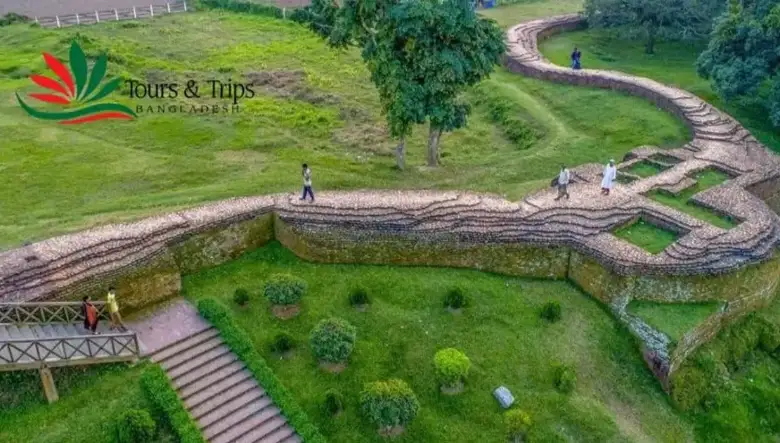
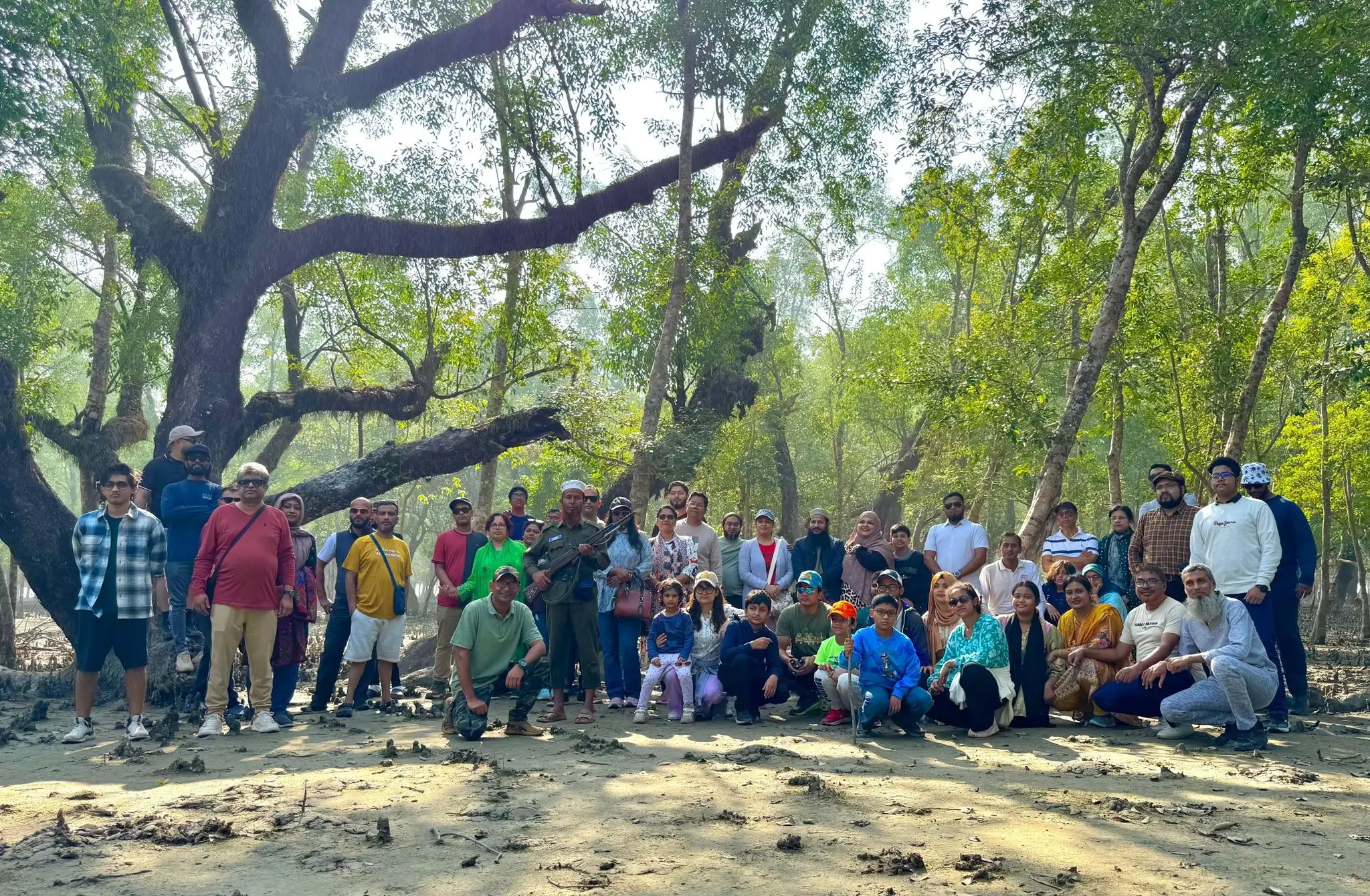
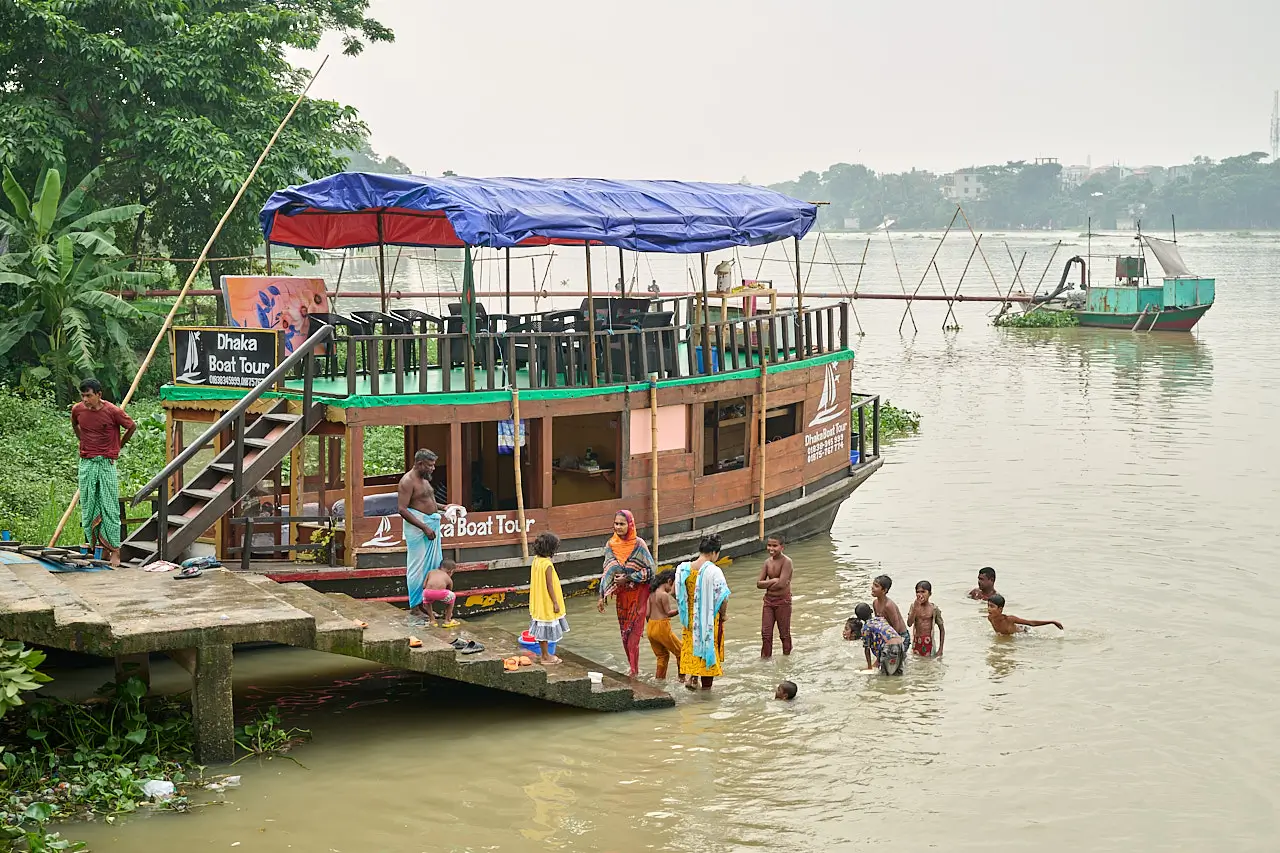
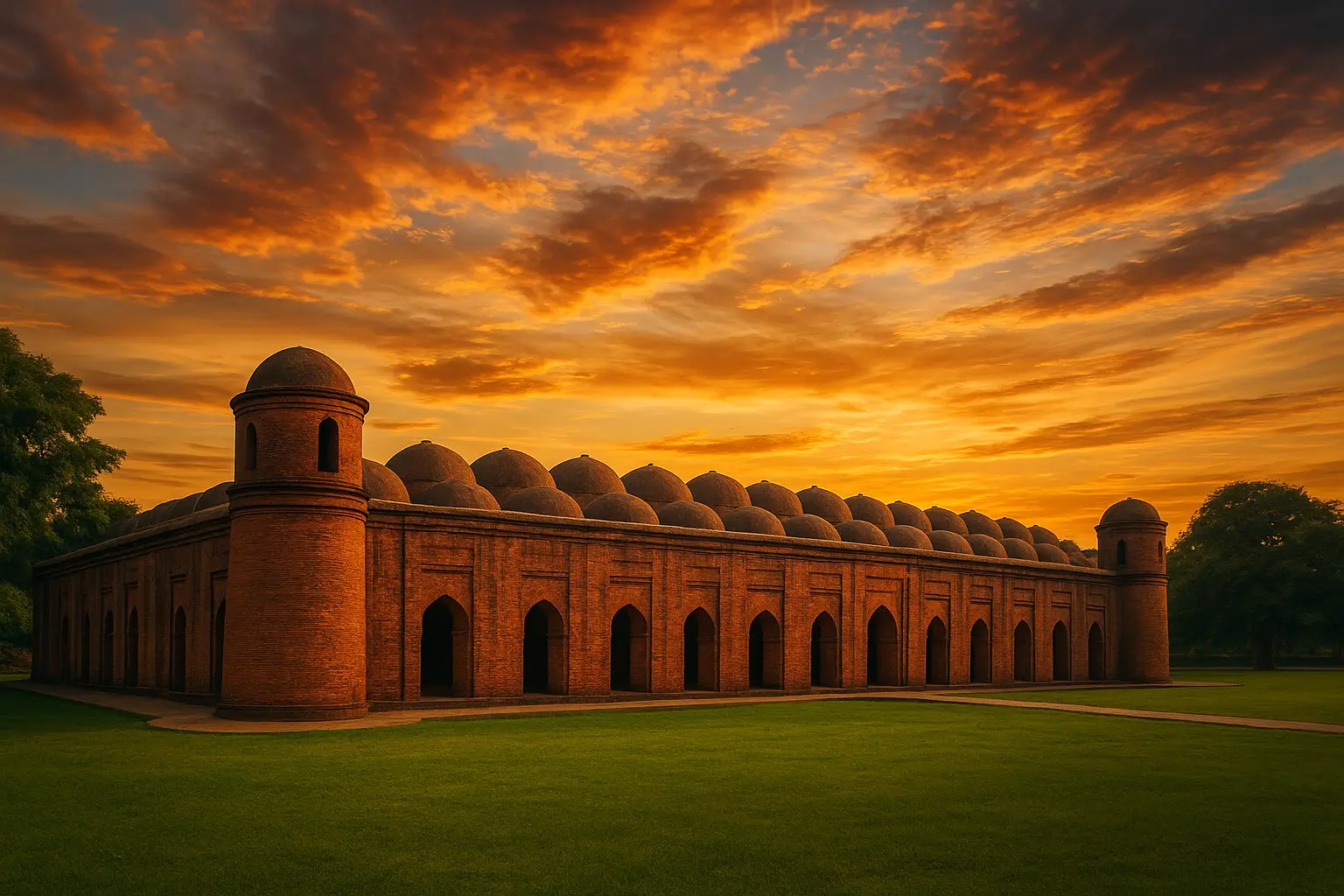




Comments